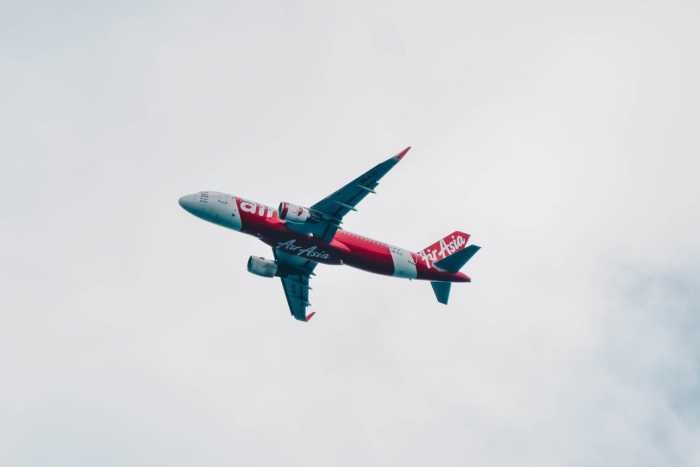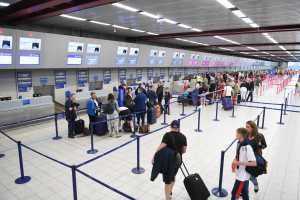
Deputy Transport Minister Urges THAI to “See How LCCs do it”
23rd Jan 2018

In a yesterday visit to the Thai Airways International headquarters, Thai Deputy Transport Minister Pailin Chuchattaworn said the national carrier will have to find a way to decrease its overall fixed costs if it wants its rehabilitation plan to work and cut its debt.
Currently, the Thai government is trying to decrease the debt levels at seven state enterprises, one of which is THAI. The two other transport-affiliate enterprises include the country’s provincial train operator State Railway of Thailand (SRT) and the public bus operator Bangkok Mass Transit Authority (BMTA).
Last week, THAI and BMTA submitted a rehabilitation plan, but the State Enterprise Policy Office rejected it. The national carrier, explained SEPO chief Ekniti Nitithanprapas, did not meet its revenue target, even though it flew more customers than its competitors. He also said that THAI should draw another plan that better reflects the competition.
BMTA’s plan to increase all its bus fares by 2 baht was also rejected, while the Prime Minister Prayut Chan-o-cha approved SRT’s plan to set up a subsidiary to manage its assets and decrease debt.
Together, these three, THAI, SRT and BMTA accumulated 200 billion baht in combined debt.
Dep. Minister advised THAI to see how low cost carriers manage to offer a full service to its passengers at a lower fixed cost and cheaper prices.
He also urged the airline to look into procuring smaller planes. According to Mr. Pailin this will help them lower maintenance and operations cost on some of its routes.
In addition, the Deputy Minister said, Thai Airways will have to find some way to deal with discharged aircraft. Currently, these are awaiting procurement by other carriers.
This year THAI plans to procure 28 additional planes to replace those it discharged. 19 of these will be used by THAI itself, while nine remaining ones will be sent to Thai Smile Air, its low cost subsidiary.
Mr. Pailin said:
Plans for the new planes awaiting procurement should also be reviewed, especially if the type and size of the aircraft are suitable for the routes [they were procured for]. The carrier must also observe whether its direct competitors are leasing their planes or purchasing them.





